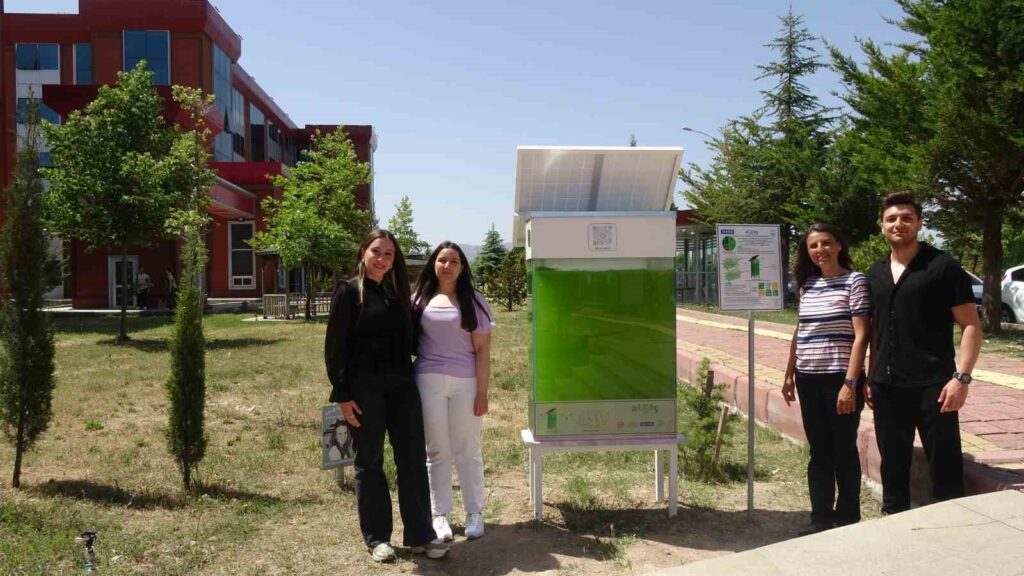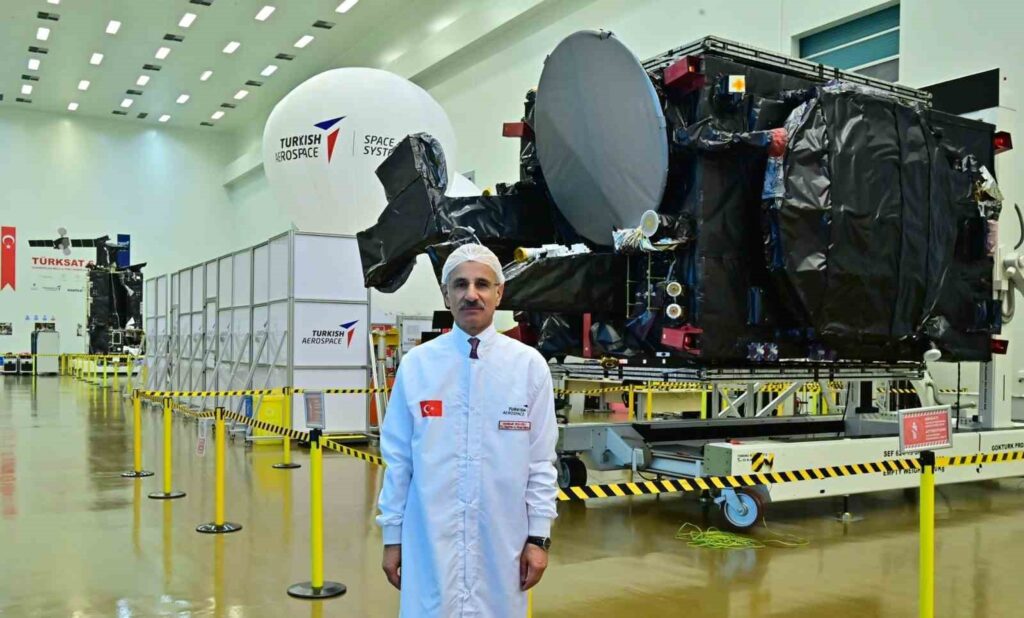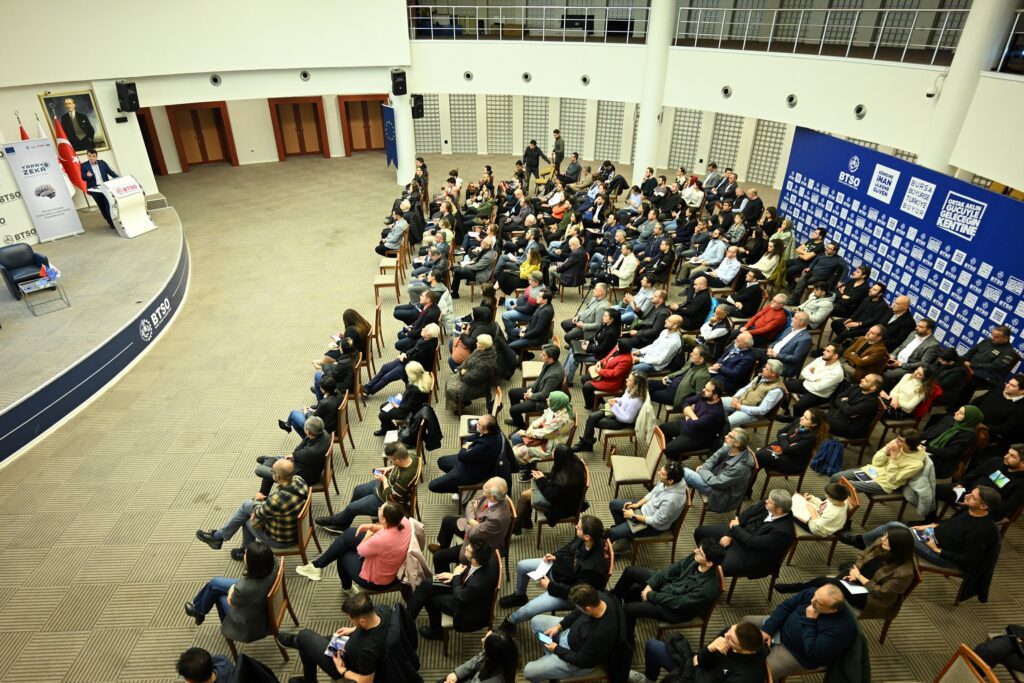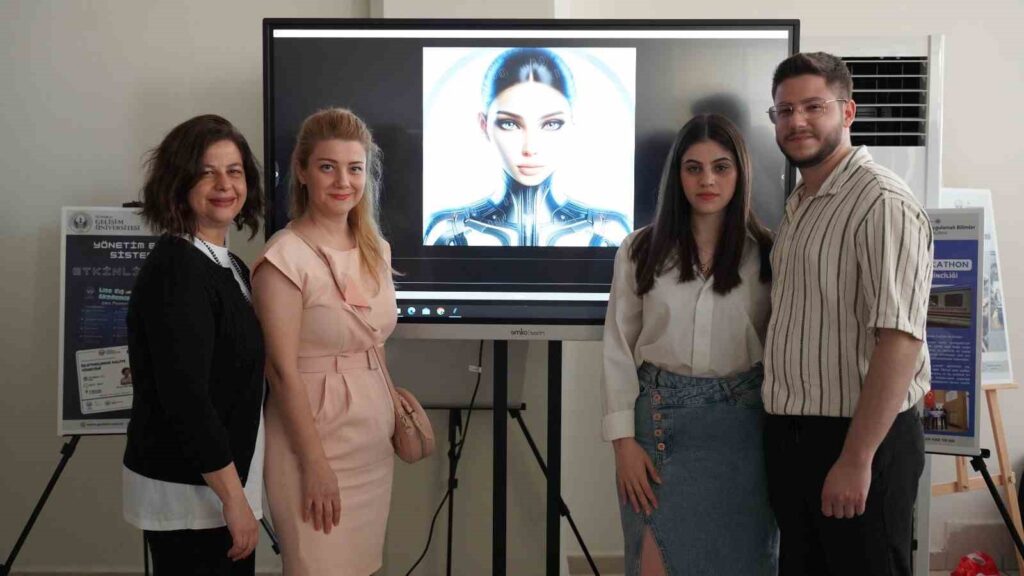The clean air project of the future, ‘aLgaç’
In Burdur, scientists from Mehmet Akif Ersoy University have developed a photobioreactor called ‘aLgaç’ that can capture the carbon dioxide equivalent to 5-6 trees in a day, which constitute 70% of the oxygen in the atmosphere, and operates with solar energy. Initially…

A photobioreactor named ‘aLgaç’, developed by scientists from Mehmet Akif Ersoy University in Burdur, is capable of capturing the carbon dioxide equivalent to what 5-6 trees can capture in a day, constituting 70% of the oxygen in the atmosphere, and operates with solar energy. Initially designed to capture and convert carbon dioxide into biomass, aLgaç contains algae that can later be used as a feed additive. Under the project ‘Innovative Food and Feed Additive as a Green Source: Microalgae (YeYeM)’, led by Assoc. Prof. Dr. Füsun Akgül from the Department of Molecular Biology and Genetics at the Faculty of Science and Letters at Burdur Mehmet Akif Ersoy University, aLgaç was developed. ‘aLgaç’ is prepared as an ecological application model aimed at reducing the carbon dioxide level in the atmosphere and increasing the oxygen level by using the increasing carbon dioxide emissions, the most important greenhouse gas, every day.
Derived from the words ‘algae’ and ‘tree’, the panel-type microalgae photobioreactor named aLgaç has the capacity to capture and convert carbon dioxide equivalent to what 5-6 trees aged 25 can capture in a day. Operating with solar energy to meet its electricity needs, aLgaç is designed as a self-sufficient closed system with minimal consumption. Designed to be used in cases where air pollution is intense, there is no time or space for afforestation, aLgaç can serve as an alternative carbon capture source in large cities with high vehicle and population density, hence high carbon dioxide emissions. aLgaç is the first and only example in Turkey despite having a few counterparts worldwide. With its compact designs, aLgaç can also be used in crowded enclosed spaces such as hospitals and schools to increase oxygen concentration.
Assoc. Prof. Dr. Füsun Akgül highlighted that the 200-liter photobioreactor captures carbon dioxide equivalent to what 5-6 trees can capture in a day. She emphasized that this design not only serves as a carbon sink but also contributes to the sustainable development goals, including sustainable cities and communities, healthy and quality life, and terrestrial life. The project aims to raise awareness among both students and the public about microalgae biotechnology and its benefits.
Aleyna Gülşen, a 4th-year student in the Molecular Biology and Genetics Department at MAKÜ, expressed her happiness for participating in a pioneering study in Turkey on microalgae biotechnology. Another student, Özge Korkmaz, pointed out the increasing carbon dioxide emissions and their impact on global warming, emphasizing their contribution to reducing carbon dioxide by designing a flat panel-type photobioreactor that can efficiently capture carbon dioxide. Batuhan Gürakan, also a 4th-year student in the Molecular Biology and Genetics Department, praised the project for being a self-sufficient closed system powered by solar energy, emphasizing its ecological and economic aspects.







